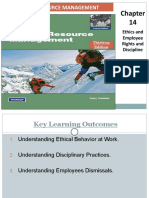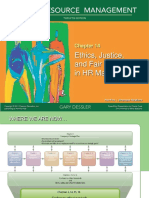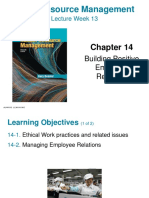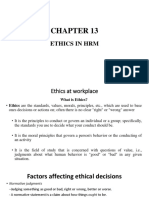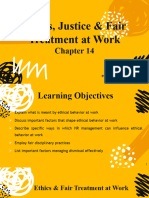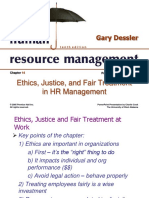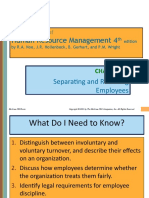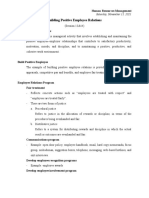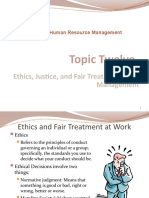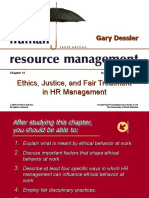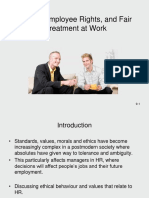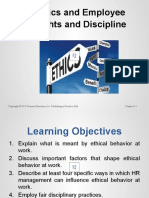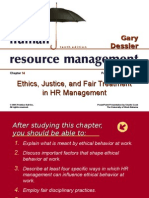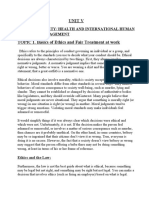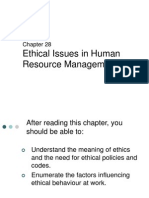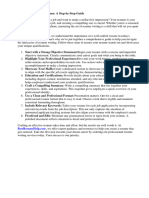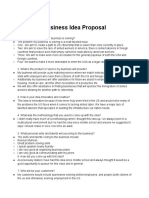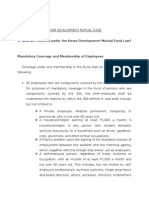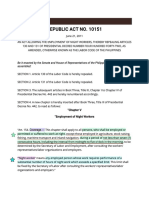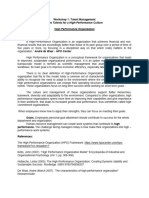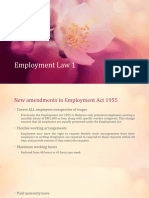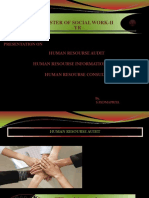0% found this document useful (0 votes)
19 views52 pagesChapter 9
Chapter 9 discusses the importance of ethics, justice, and fair treatment in human resource management. It highlights the role of ethical behavior in the workplace, the influence of organizational culture, and the necessity for clear policies and training to foster ethical conduct. The chapter also addresses the implications of unethical behavior, legal considerations, and strategies for managing dismissals and employee monitoring.
Uploaded by
FREDDY BUGANGCopyright
© © All Rights Reserved
We take content rights seriously. If you suspect this is your content, claim it here.
Available Formats
Download as PDF, TXT or read online on Scribd
0% found this document useful (0 votes)
19 views52 pagesChapter 9
Chapter 9 discusses the importance of ethics, justice, and fair treatment in human resource management. It highlights the role of ethical behavior in the workplace, the influence of organizational culture, and the necessity for clear policies and training to foster ethical conduct. The chapter also addresses the implications of unethical behavior, legal considerations, and strategies for managing dismissals and employee monitoring.
Uploaded by
FREDDY BUGANGCopyright
© © All Rights Reserved
We take content rights seriously. If you suspect this is your content, claim it here.
Available Formats
Download as PDF, TXT or read online on Scribd
/ 52










